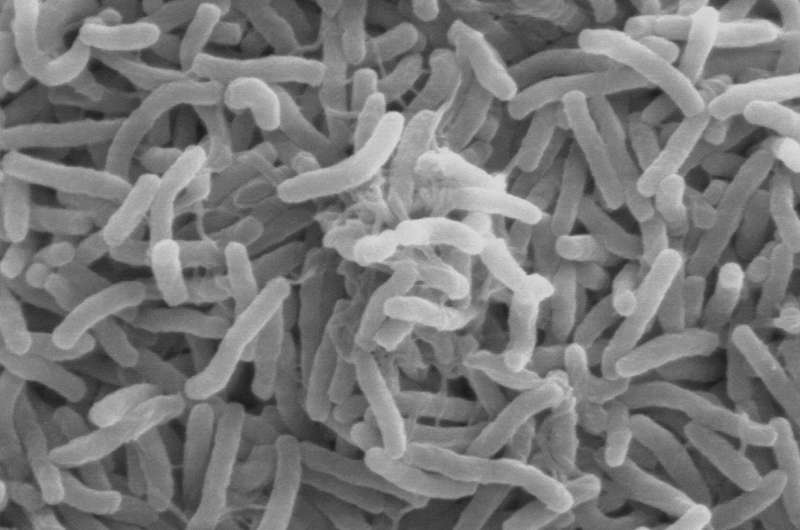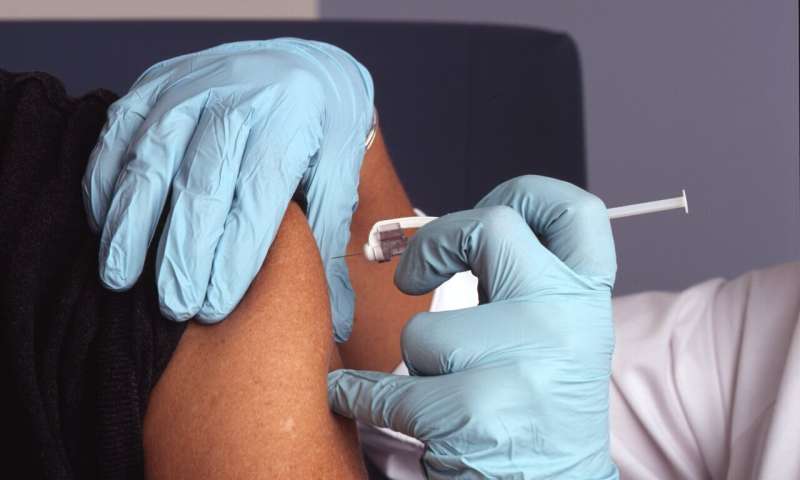Kissing Bugs and the Risk of Chagas Disease Transmission in Florida

Recent studies reveal kissing bugs are invading homes across Florida and may be spreading Chagas disease in the United States. Learn about the risks and preventive measures.
Recent research highlights the growing concern over kissing bugs, also known as triatomines, invading homes in Florida and their potential role in transmitting Chagas disease. A comprehensive 10-year study conducted by the University of Florida Emerging Pathogens Institute and Texas A&M University investigated the presence and behavior of these insects across 23 counties. The study confirmed that the kissing bugs, particularly Triatoma sanguisuga, are not only entering human dwellings but also feeding on humans and pets, posing a potential health risk.
Chagas disease, caused by the protozoan Trypanosoma cruzi, is traditionally considered rare in the United States. However, the presence of infected kissing bugs in Florida suggests that the risk may be increasing locally. These insects deposit parasite-laden feces near their bites, and human contact with these feces can lead to infection. Interestingly, many domestic animals, like dogs and cats, are also acquiring the parasite, often by ingesting the bugs themselves.
The study found that over 29% of the tested bugs carried T. cruzi, with infections detected in multiple counties. Notably, a significant number of these insects were found inside homes, reflecting their potential to serve as vectors for disease transmission. Researchers analyzed the blood meals of the bugs and discovered that heavily in-home insects had predominantly fed on humans, emphasizing the public health importance of control and prevention.
Furthermore, the study examined environmental factors influencing bug invasions. Increased urbanization and habitat alteration near human dwellings are believed to contribute to the insects’ proximity to people. Common outdoor sites like woodpiles and leaf litter serve as their habitats, emphasizing the importance of habitat management—such as removing woodpiles close to homes—to reduce invasion risks.
Community involvement played a vital role in this research. Thanks to contributions from citizen scientists, nearly half of the collected insects were community-donated, demonstrating the value of public participation in vector surveillance.
The findings underscore the necessity for increased awareness and preventive strategies, including habitat modification and bug monitoring, to mitigate the threat of Chagas disease in Florida. Healthcare providers are encouraged to consider Chagas as a differential diagnosis in relevant cases, given the parasite’s presence in local kissing bugs.
This study illustrates the importance of a multidisciplinary, One Health approach—integrating human, animal, and environmental health—to address the emerging vector-borne risks in subtropical regions.
Source: https://medicalxpress.com/news/2025-07-chagas-disease-transmission-bugs-readily.html
Stay Updated with Mia's Feed
Get the latest health & wellness insights delivered straight to your inbox.
Related Articles
Cholera Crisis in Kinshasa's Slums Sparks Urgent Health Response
Kinshasa's slums face a deadly cholera outbreak fueled by poor sanitation and flooding, demanding immediate health interventions to save lives.
Five Years of Success for Meningococcal B Vaccination Program
South Australia's Meningococcal B vaccination program has led to a 70% reduction in cases over five years, significantly decreasing disease and saving lives. High vaccine efficacy highlights the importance of complete immunization to protect infants and young adults from serious bacterial infections.
Plain Packaging as a Strategy to Reduce Teen Vaping
Research suggests that plain packaging of vape products can significantly reduce teens' interest in trying them, aiding efforts to curb youth vaping without discouraging adult smokers. A recent study highlights the potential of standardized packaging regulations in creating a balanced approach to vaping control.
Dietary Cysteine May Boost Intestinal Regeneration and Repair
Discover how a cysteine-rich diet may promote regeneration of the intestinal lining, helping to heal injuries from radiation and chemotherapy. Research from MIT highlights the potential of natural amino acids in tissue repair.



